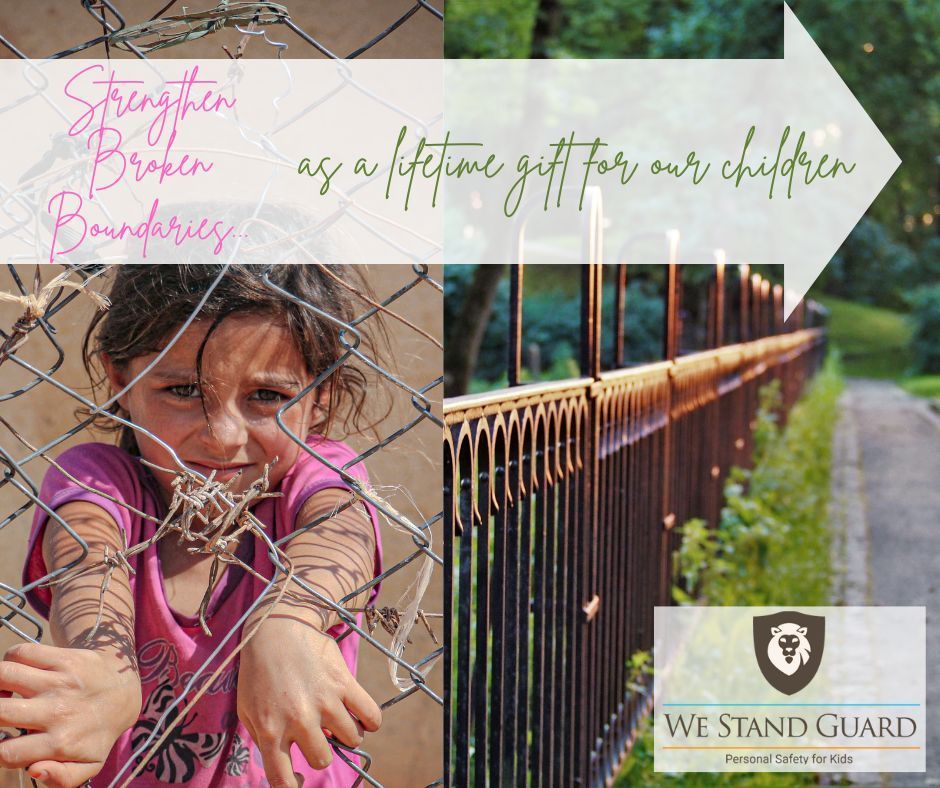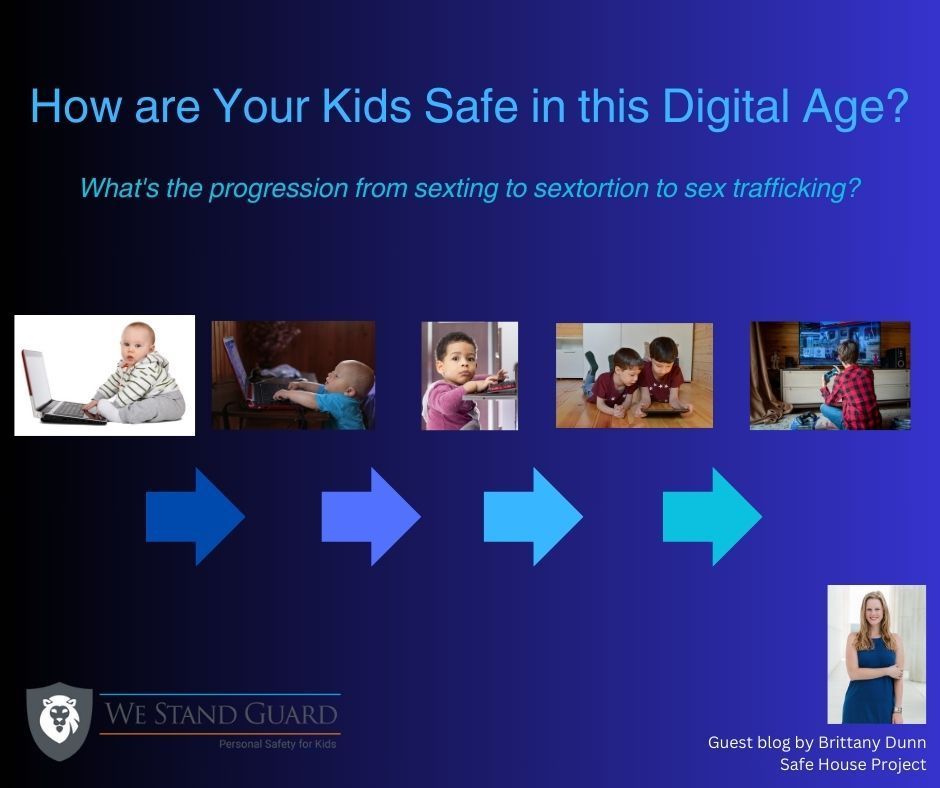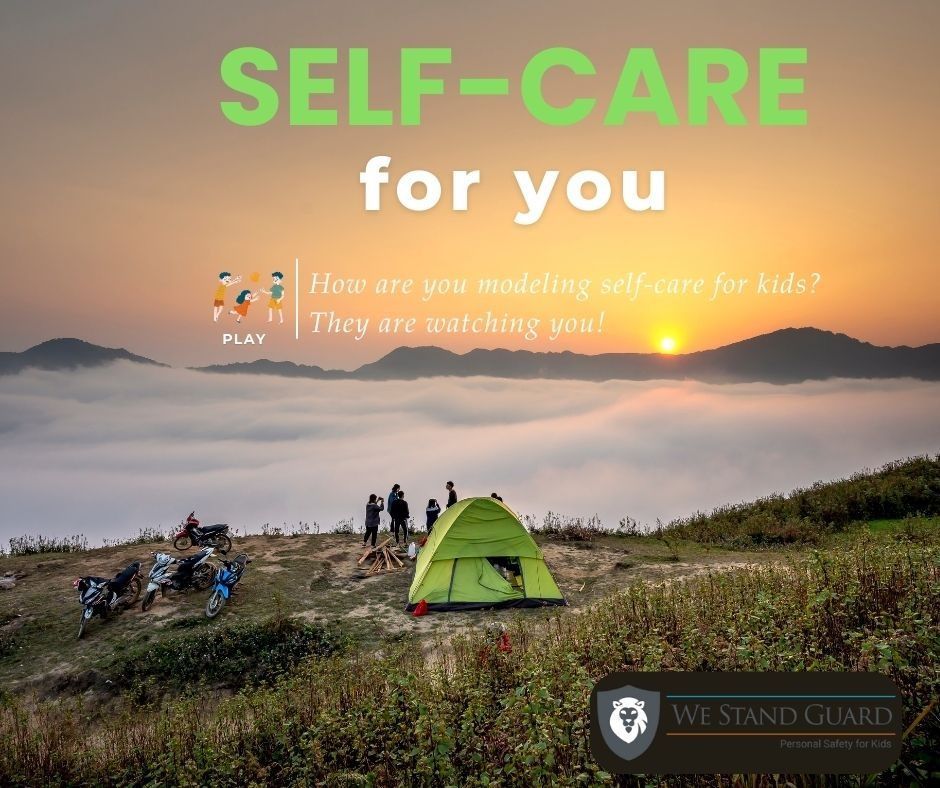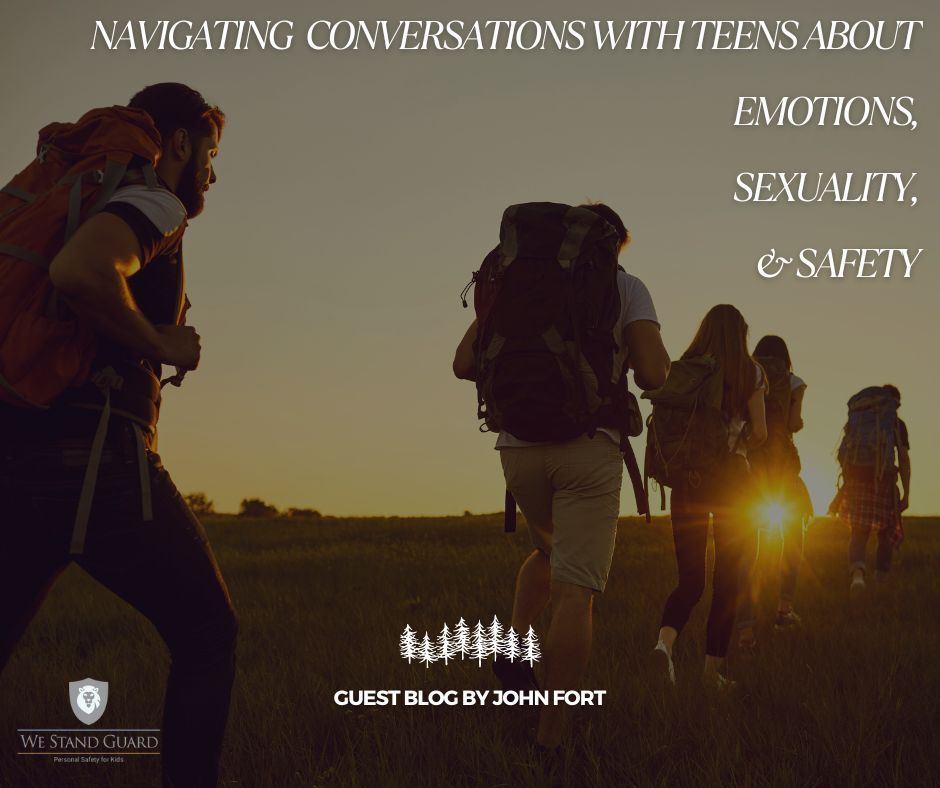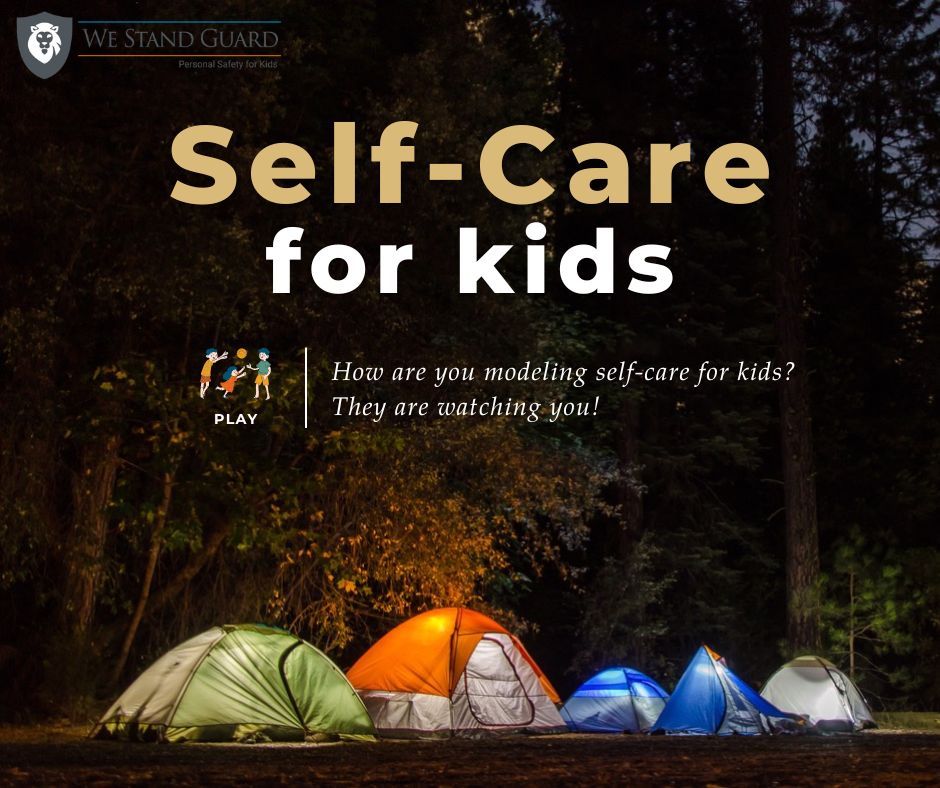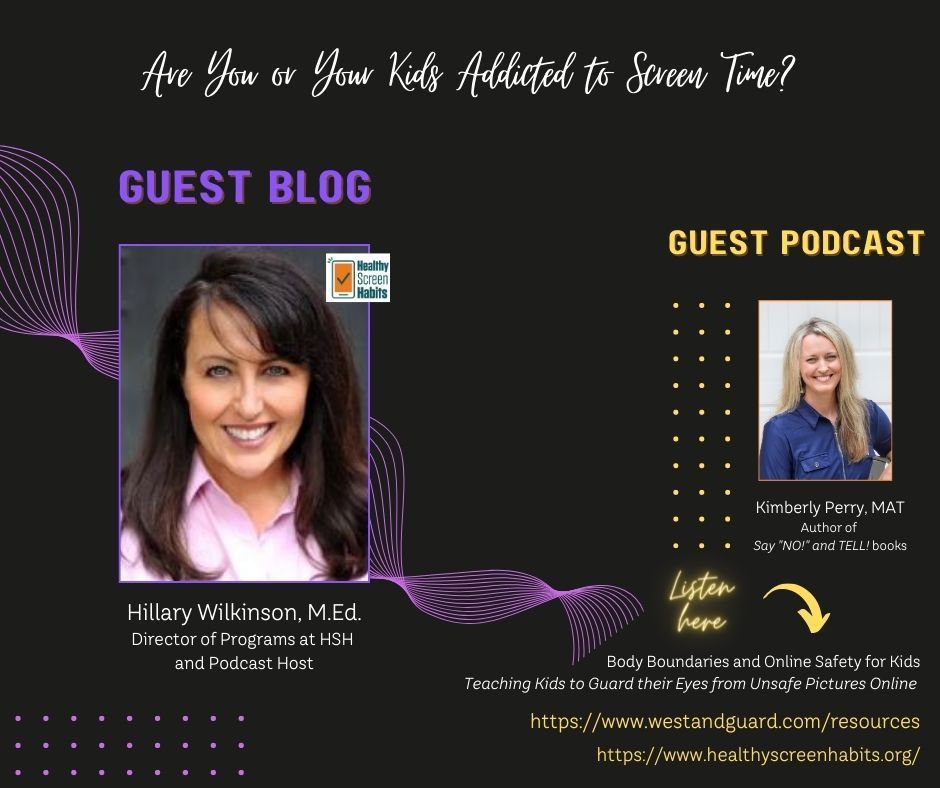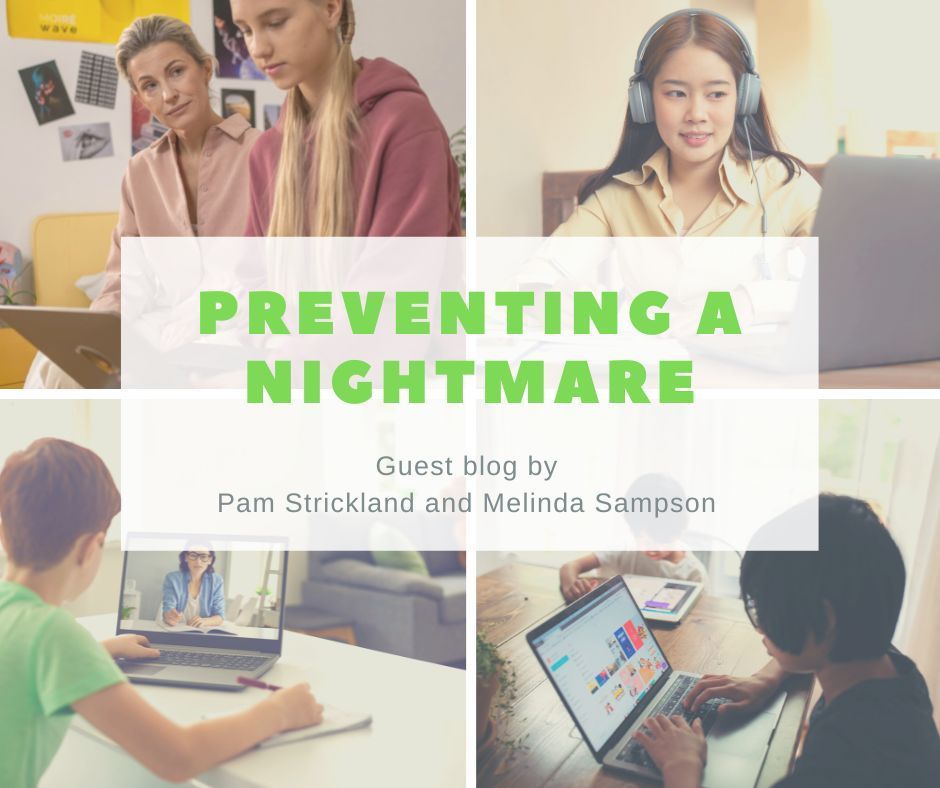My child will never see pornography (but HOW will you know?)
#MeTooPrevention: a 4th real-life story
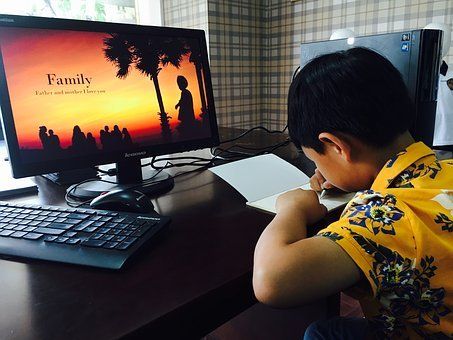
Children and teens have instant access to the Internet, which opens up a world of possibilities for learning and connecting with others. However, the potential for the Internet's good also has an equal and opposite capacity for harm such as the traumas of seeing pornography. Young people may be innocently researching a homework project, such family heritage, and the pornographers often trick kids with website URL addresses that are similar to an educational one, but really it is pornography. Also, predators can pose as "friends" on social media and gain access to children and teens, which can expose them to the threats of sex trafficking.
We can begin to know more by arming ourselves with the facts about pornography! Let's begin the conversations around "guarding your eyes" early on and build a bridge of communication so children know it is safe to come and tell you anything, especially if they see pornography, which is increasingly becoming more hardcore. Some abusers also show kids and teens pornography as a way to groom them for sexual abuse in the near future.
Three important points for parents of children and teens:
1. Parents have the awesome opportunity to lead their kids! Pornography has replaced the school, the home and the church as a source of sex education. Parents MUST think “I want my kid to hear from me before a friend, Internet, older kid or culture gets to him or her with pornography, according to Josh McDowell, in the The Porn Phenome non.
Highlights from The Porn Phenomenon by Josh McDowell and Covenant Eyes with the Barna Group show the harms of pornography as having unique repercussions that effect all of us in various ways.
* What is pornography? Pornography is made of two Greek words: porne means “prostitutes” and graphein means “to write about.” In today’s digital world, we have images of porn in both form and function.
* What’s the history of pornography? You can study the “Kinsey Fallout” by Dr. Judith Reisman to learn about the roots of modern pornography.
* We live in a “pornified culture!” Porn is an aggressive industry that targets 11- 14 year old since their brains are still forming and highly susceptible to addiction (response is 4 X stronger than adults). Check out the schemes of the pornography industry with Virtual Reality!
As pornography becomes normalized, it also becomes more explicit, violent, racist, humiliating, and dehumanizing, while focusing on aggressive sexual activity (i.e. 50 Shades of Gray). Consumption of pornography causes desensitization – in order to experience arousal, many seek ever harsher more violent and degrading images!* Statistics include:
2. Three myths debunked in Kids, Teens and Pornography (D6 Conference) by Sean McDowell:
Myth #1 - “It doesn’t affect me.” The #1 place teens learn about sex is porn with scripts or messages saying: sex is best outside of marriage, all women want sex from men and women like all sexual acts demanded by men -just use force if needed.
Myth #2 - “I will quit later.” Sexual addiction is the hardest to overcome - it physically changes the brain plus neurochemicals surge forming new/deeper pathways – synapses that fire together, wire together. Avg. age of exposure to porn is 8 and 9 to 11 yrs. old.
Myth # 3 - “I am not hurting anyone.” Pornography is connected to sex trafficking – many porn performers are sex trafficked victims.
3. Pornography is sexual exploitation. About 88% of scenes in porn films contain acts of physical aggression and 49% of scenes contain verbal aggression. The “portrayed” abuse in porn scenes are real ( www.strengthtofight.ca ).
Sextortion is becoming a major problem with minor children/teens and becoming one of the biggest dangers to kids online – predators have access to our kids and teens ( www.foxnews.com/entertainment/2017/01/24/sextortion-becoming-major-problem-with-minor-children.html ). Don’t “trust” your kids/teens on the Internet without barriers!
--Our next anonymous writer shares her story about the how an adult showing her pornography as a child (which is a form of child sexual abuse) impacted her life--
When I was eight years old, my sister and I were left with a babysitter in a New York City apartment while my parents went out with business associates. I remember the t.v. being turned on. The screen was literally blue while the words “blue t.v.” flashed across the screen. I do not remember who the sitter was or if the person was male or female. The images which played next were burned into my memory and evoked a slightly familiar physiological response. At the time, I didn’t know this was hard core pornography depicting sex since I was so young. I knew instantly that my parents would be angry with me if they knew I saw it. My sister, age 4, was also in the room. And even though I was repulsed by the images I saw, I was captivated at the same time. The word ‘pornography’ was also not a part of my vocabulary, so I wouldn’t know how to tell about what I saw, or who to tell or why to tell. This was the first exposure I had to pornography.
I also found pornography in my father’s nightstand at home. When I asked my mother about it, she told me it was my father’s business. I was offended and appalled that she knew and didn’t seem to feel bad about the fact that it was there. No one ever told me it was wrong, but I felt it was... Furthermore, I felt like I had done something bad because I found it, exposed it, and talked about it. Shame ensued around this topic of sexuality. It was so confusing.
These events had an impact on my life. The first major impact was that shame accompanied any thoughts about sex or mention of sex. I wanted to ask questions and talk about what I saw, but I thought I couldn’t. I chose to avoid discussing any idea that could cause me to be rejected by my parents. I assumed it was bad to talk about it with anybody. The second impact it had was its compelling nature. Because of how it made me feel, physically, I wanted to look at it again and again. Even my overwhelming sense of shame could not hold back this compulsion. The more I looked at it, the more I wanted to look at it. I would read the articles included with the pictures in the magazines. I started to form my beliefs about what “men wanted from me”. And according to this literature, they wanted me to be “sexy” by looking like the women posing in those magazines. They wanted me to act sexual and if I did act that way or talk the way the women depicted in these magazines talked and acted, I could be accepted. I equated acceptance with love. I wanted desperately to be loved by boys, by men, by my father. This seemed to be the secret way to their approval. I became addicted to pornography. Perhaps one of the most devastating impacts the exposure to pornography had on my life was my objectification. The words and pictures I consumed said that I existed for nothing more than others’ enjoyment and that I should enjoy that reason for existing; I should be sexually aroused by my own objectification. This brainwashing told me that I had no right to say “no” to a man, especially if he was an authority figure in my life-whether boss, co-worker, family member, or educator. It told me that even if I did tell, it wouldn’t matter because his word was more trusted than mine. I was just an object. This objectification gave men the right to abuse and molest me. And, like it or not, there was little I could do about it, or so I believed. This belief about my value and identity as a person led me down a path of being a victim over and over again.
Had I read a Say "No!" and TELL!” book early in life, perhaps I would not have adopted the shame monster that told me not to talk about what I had seen, what I had witnessed, and what I had done myself. Perhaps I would not have protected my perpetrators. Perhaps I would have thought of myself differently. Perhaps I would have been attracted to different kinds of boys and then men. Maybe I would have called the police when they should and could have been called. Maybe I would not have become addicted to porn. Perhaps the abuse would have ended with me...
